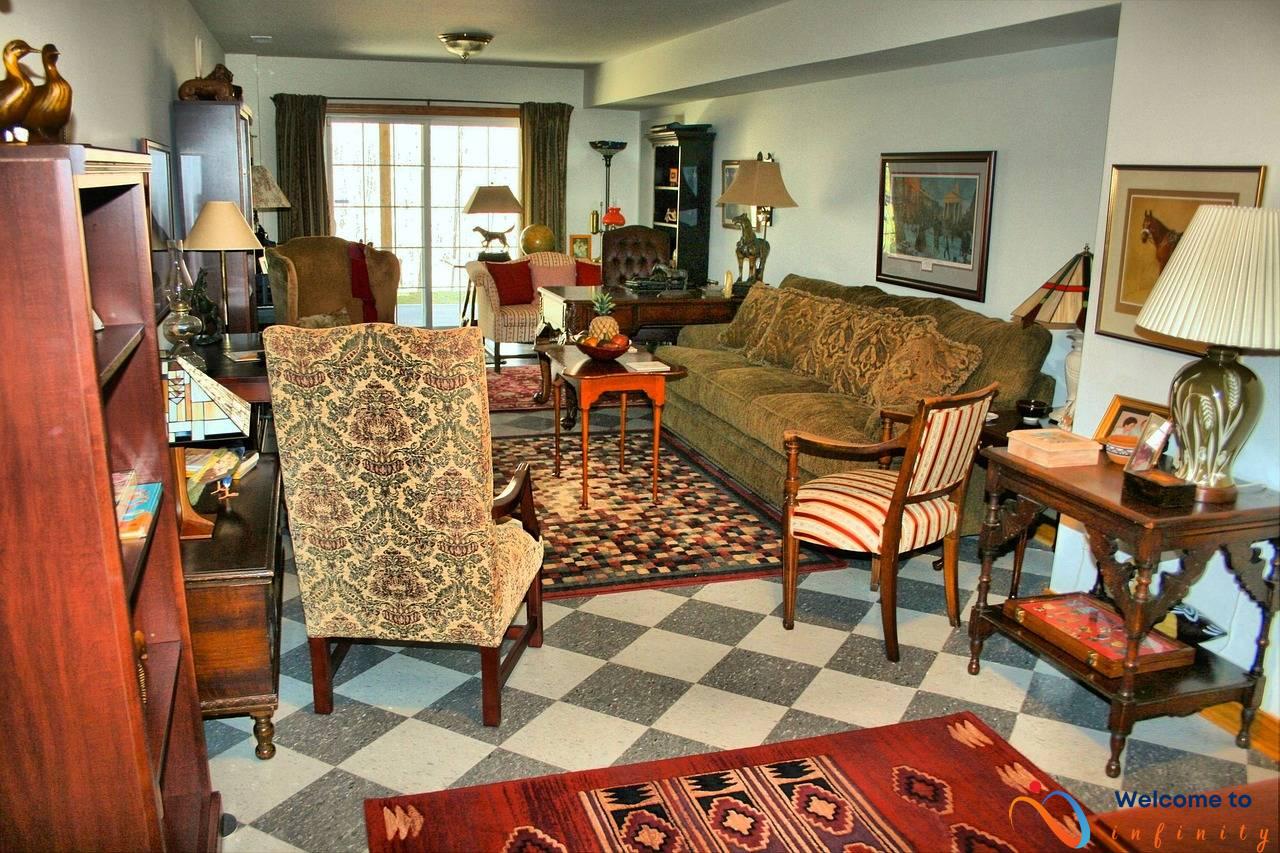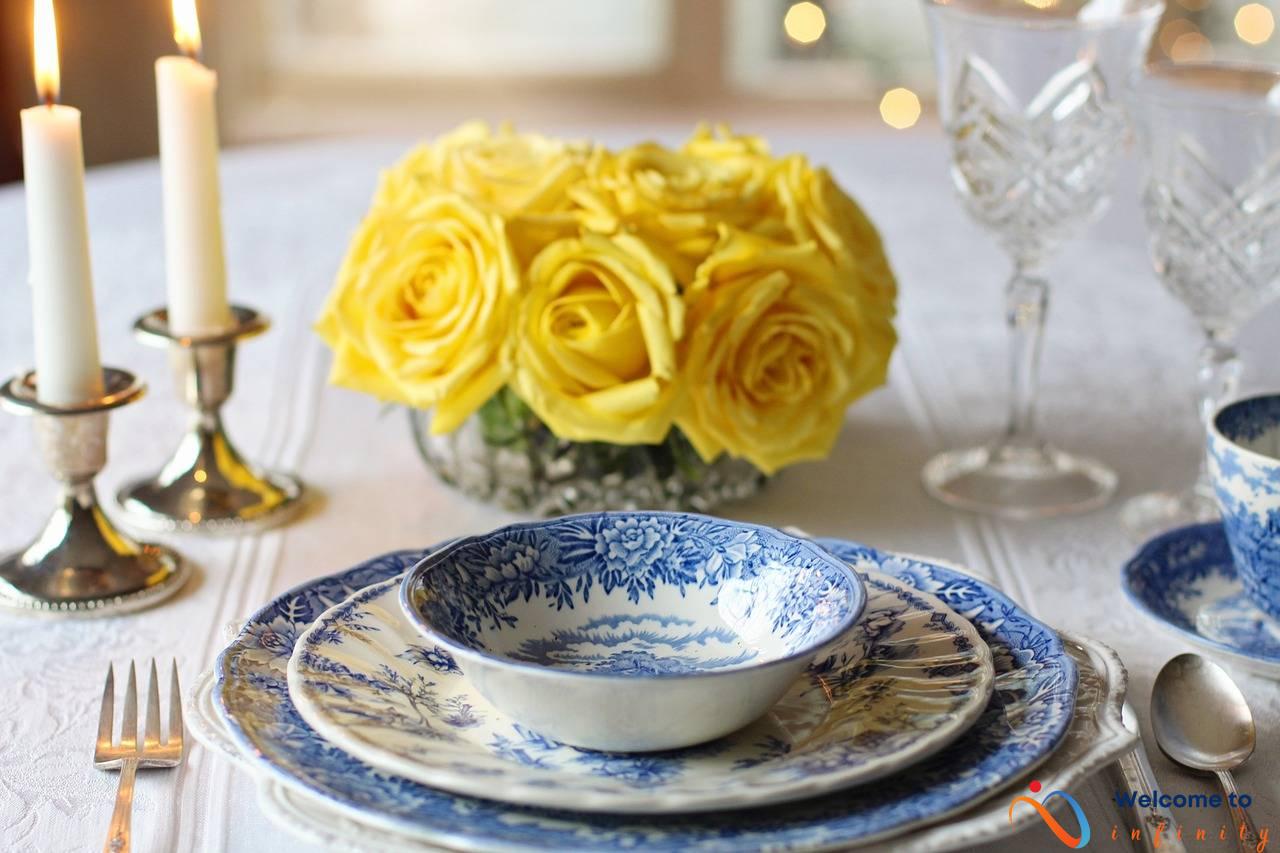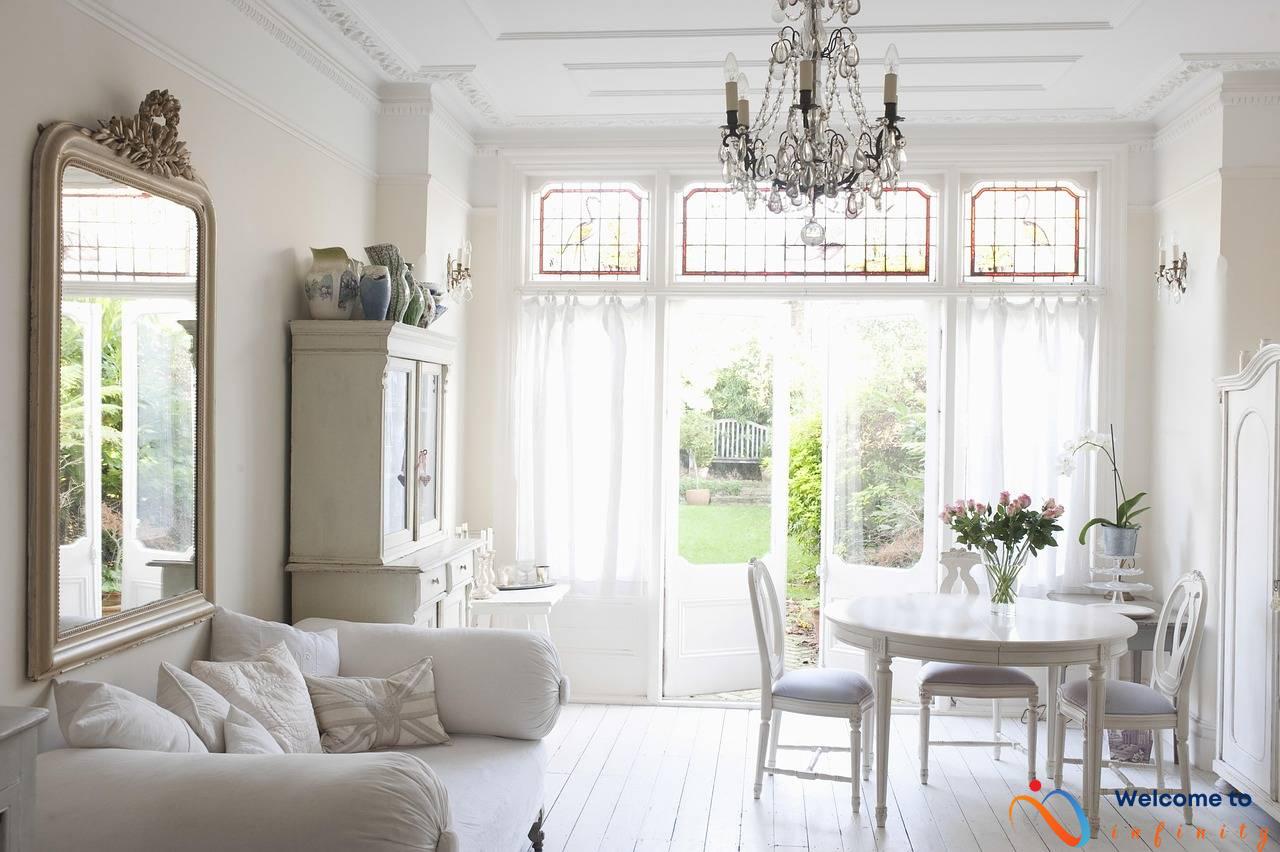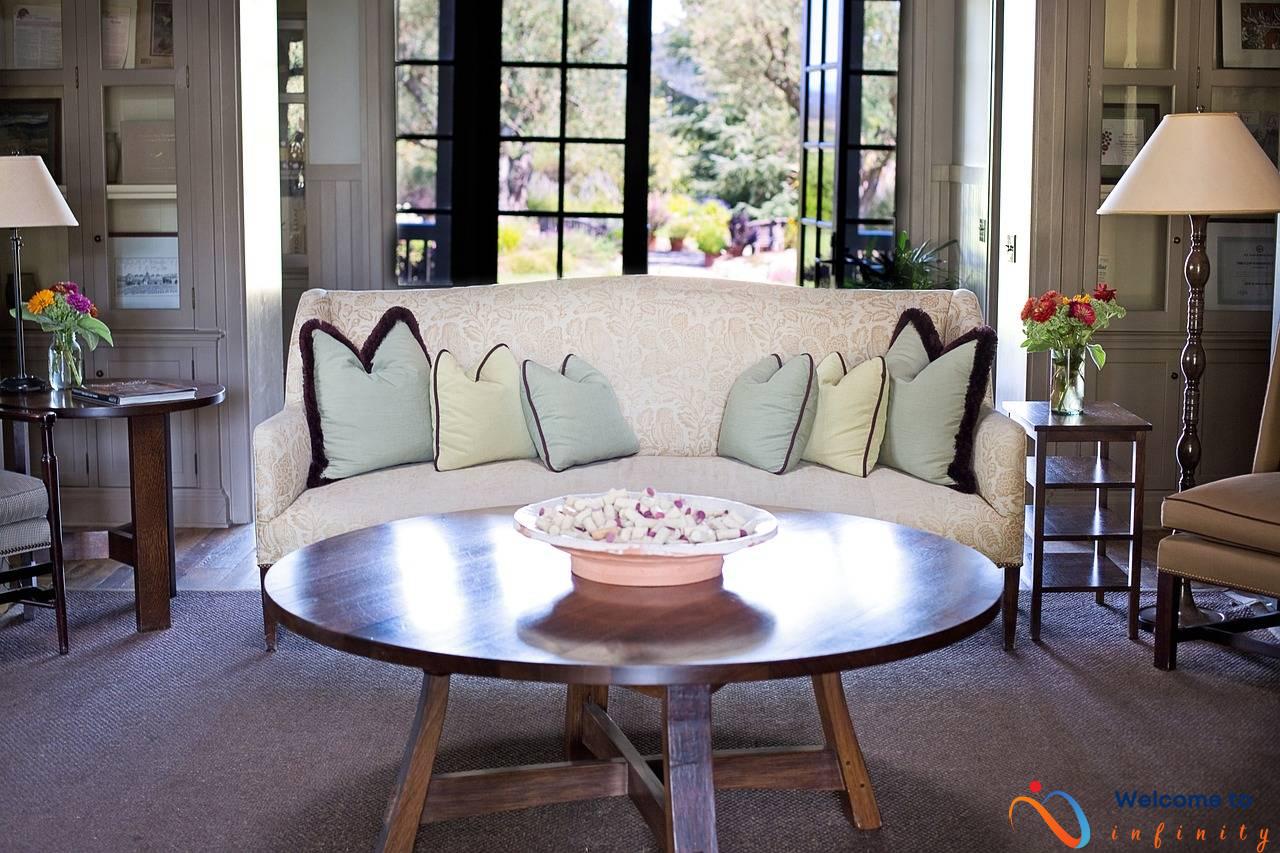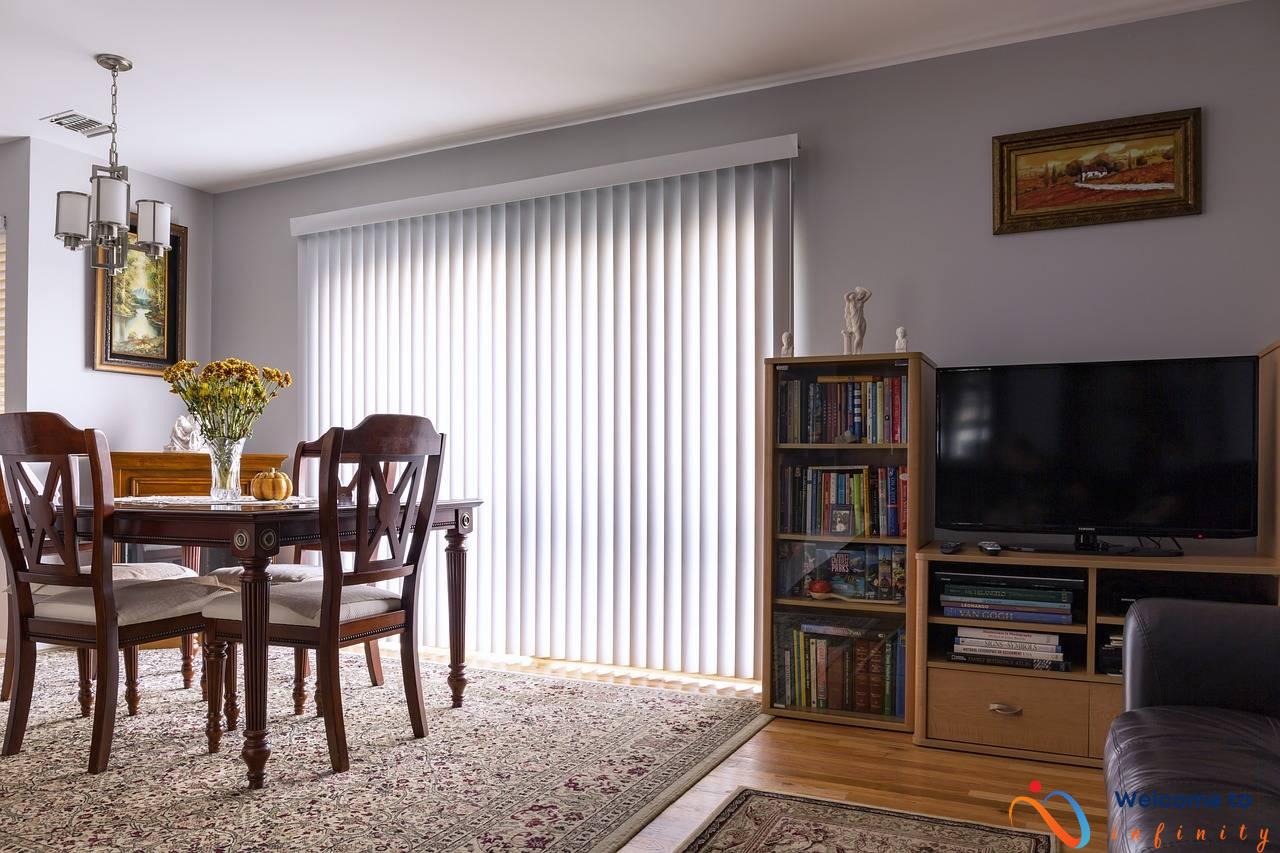In the world today, where sustainability is on the top of the priority list, it's no surprise that minimalist design has become mainstream. Minimalistic design is not just a style, but it's also a lifestyle choice. When done correctly, it promotes efficiency, eliminates clutter while saving space, and encourages innovative and creative solutions to everyday problems. But most of all, it's eco-friendly and helps reduce our carbon footprint. By embracing the minimalist interior design, we can live in harmony with our planet while enjoying a beautiful and functional living space.
The beauty of minimalist design is that it relies on neutral color schemes, clean lines, and simple shapes. By avoiding excessive decorations and accessories, you can create a relaxing and calming environment that reduces stress levels and promotes an overall sense of well-being. Neutral color schemes are easy on the eye and create a harmonious and balanced atmosphere. By choosing calming shades of white, beige, or gray, you can create a space that exudes tranquility and relaxation.
Multi-purpose spaces are another hallmark of minimalist design. By creating spaces that serve multiple functions, you can reduce clutter and increase creativity and productivity. Convertible furniture, such as sofa beds or coffee tables with storage compartments, is a great way to save space while still maintaining functionality. Vertical storage solutions such as wall-mounted shelves or cabinets make use of often neglected wall space and are ideal for storing small items that tend to create clutter.
Sustainability is at the core of minimalist design. Choosing eco-friendly and renewable materials such as bamboo or cork is an excellent way to promote sustainability while adding texture and warmth to your living space. Incorporating natural lighting with large windows and skylights not only saves energy but also enhances mood and productivity. Energy-efficient lighting such as LED bulbs or smart home automation systems is another excellent way to reduce energy consumption and create a comfortable and aesthetically pleasing atmosphere. Finally, adding indoor plants to your space not only enhances aesthetics but also improves the air quality, promoting a healthier living environment.
Relaxing Color Scheme
When it comes to designing your home with a sustainable mindset, a relaxing color scheme can go a long way. Utilizing calming and neutral tones promotes a sense of tranquility and reduces stress levels, creating an environment that is both aesthetically pleasing and emotionally calming. Shades of blue, green, and beige can all contribute to this calming effect, and can be incorporated in various elements of your home design such as walls, furniture, and decor.
In addition to reducing stress, a relaxing color scheme can also improve overall mood and increase focus and productivity levels, making it the perfect choice for those who work remotely or spend a lot of time at home.
If you prefer a pop of color, try incorporating it as an accent rather than the main color scheme. This can be achieved by adding a boldly colored rug or throw pillows that complement the neutral tones of your room. Remember, a relaxing color scheme doesn't have to mean a bland or boring design. Instead, it can serve as the foundation for a minimalistic and sustainable home that promotes both emotional and environmental wellness.
Multi-Purpose Spaces
Creating a multi-purpose space in your home not only saves space but also promotes efficiency and creativity. Rather than dedicating a room for a single purpose, consider designing a space that serves multiple functions. For example, a home office can also double as a guest room or workout space. A dining area can also serve as a workspace or game room.
When designing multi-purpose spaces, consider how the layout and furniture can be optimized for various activities. Choose furniture with storage capabilities, such as ottomans or benches with built-in storage, to reduce clutter. Foldaway or convertible furniture, such as a sofa that can be transformed into a bed, saves space and enhances flexibility.
Additionally, incorporating smart technology, such as a desk that converts into a treadmill or built-in speakers that can be controlled from a smartphone, increases convenience and productivity. Consider designing a space that can be easily adapted to fit your changing needs, allowing you to maximize the functionality of your home.
In summary, multi-purpose spaces provide a sustainable and innovative solution to small living spaces. By reducing clutter and creating an organized and efficient environment, multi-purpose spaces enhance productivity and creativity while saving space and promoting a sustainable lifestyle.
Convertible Furniture
Convertible furniture is a modern solution for small spaces and those who value versatility in their home design. This type of furniture offers a range of functionalities and can easily transform into different forms to suit your needs. One example is a sofa bed, which can transform from a comfortable seating option to a cozy bed in seconds.
Another innovative design is a dining table that can be extended or collapsed depending on your needs. With this type of furniture, you no longer have to worry about bulky and space-consuming dining tables taking up your living space. Convertible furniture is also great for those who enjoy hosting guests but have limited space. A coffee table that can be raised to dining table height can easily accommodate unexpected guests.
Convertible furniture offers a level of customization and practicality that traditional furniture cannot match. Due to its increasing popularity, many furniture manufacturers have been designing stylish and versatile pieces that cater to various tastes and budgets. Not only is convertible furniture practical, but it can also be used as a statement piece to enhance the aesthetics of the room.
The advantages of convertible furniture are undoubtedly convincing. By investing in these pieces, you can save space, money, and time, while still getting the comfort and functionality you need. Moreover, they provide flexibility, which is essential in a minimalist lifestyle where you want to make the most of your space without sacrificing style or efficiency.
Vertical Storage
Vertical storage is a key component of minimalist interior design, as it maximizes wall space for storage while reducing clutter. Utilizing shelving and cabinets that stretch from floor to ceiling can greatly increase storage capacity in smaller living spaces. This type of storage solution also reduces the need for bulky furniture such as bookcases or dressers, creating a more open and spacious feel.
There are various types of shelving and cabinets that can be used to create vertical storage, including floating shelves, ladder shelves, and built-in cabinets. Each of these options can be customized to fit the specific needs and design aesthetic of the space. For example, floating shelves can be used to display decorative items or to hold books, while built-in cabinets can provide concealed storage space for items such as clothing or linens.
Another advantage of vertical storage is that it keeps items organized and accessible. Instead of searching through multiple drawers or cabinets to find a specific item, everything can be easily visible and within reach. This not only saves time but also reduces stress and promotes a more efficient and productive lifestyle.
- To maximize the functionality of vertical storage, it's important to use space-saving organizational tools such as storage bins or dividers. These can help keep items separate and easy to locate.
- If utilizing open shelving, it's important to keep the items displayed on the shelves to a minimum to prevent clutter from accumulating.
- For those living in small apartments or homes, vertical storage solutions that can be easily removed, such as over-the-door organizers or hanging shoe racks, can be especially useful.
Ultimately, vertical storage is an essential aspect of minimalist interior design for its practicality, efficiency, and ability to reduce clutter. By maximizing wall space for storage through shelving and cabinets, items can be kept organized and accessible while minimizing the need for bulky furniture and promoting a more open and spacious living environment.
Sustainable Materials
As we continue to prioritize sustainability in our daily lives, choosing eco-friendly and renewable materials is becoming increasingly important in interior design. Bamboo and cork are excellent examples of sustainable materials that can be used in designing your living space.
Bamboo is a fast-growing plant that can reach maturity in just a few years, making it an incredibly renewable and eco-friendly resource. It is also strong, durable, and resistant to moisture, making it an excellent choice for flooring, furniture, and decor. Bamboo can add a natural touch to your minimalist design while promoting sustainability.
Cork is another sustainable material that is harvested without damaging the cork oak tree's bark, which can regrow in just a few years. Cork is an excellent insulator, making it perfect for flooring and wall tiles. Its unique texture and color can also add a touch of natural elegance to your interior design while promoting sustainability.
Choosing sustainable materials like bamboo and cork not only reduces waste and promotes sustainability but also helps create a healthier living environment. These materials are non-toxic and hypoallergenic, making them ideal for people with allergies or respiratory problems.
- Use bamboo or cork for flooring, furniture, and decor to create a sustainable and eco-friendly atmosphere in your living space.
- Reduce waste and promote sustainability by choosing materials that are renewable and environmentally friendly.
- Bamboo and cork are durable, moisture-resistant, and hypoallergenic materials that promote a clean and healthy living environment.
Natural Lighting
Incorporating natural lighting into your home can offer plentiful benefits beyond just energy savings. It's an essential element in creating a sustainable and comfortable living space, whether through large windows, skylights or sun tunnels.
Natural lighting has been proven to elevate our moods and increase productivity, while also reducing stress and creating a calming effect. When designing your home for minimalism, taking advantage of natural lighting should be a priority.
You can maximize the effectiveness of natural lighting by combining it with a light color scheme for walls and floors. This creates a bright and airy feel that opens up the room, creating a sense of spaciousness and promoting relaxation. It can also make your home more visually appealing and give it a premium look of elegance.
In addition, natural lighting promotes energy efficiency by reducing the need for artificial lighting during the day. This results in reducing electricity costs and decreasing your carbon footprint. It can also improve the overall air quality by preventing mildew growth, which usually thrives in dark and damp areas.
However, it's essential to control the amount of natural lighting you allow in, as too much direct sunlight may cause overheating, leading to discomfort and increased energy consumption when you use artificial air conditioning systems. It is best to combine natural lighting with insulated window treatments that allow sunlight in but prevent the heat from escaping.
In conclusion, natural lighting is a crucial aspect of sustainable and minimalist interior design that can enhance living spaces while promoting health and well-being. By incorporating it into your home design, you can create a cozy and comfortable atmosphere that promotes efficiency, productivity, and relaxation.
Energy-efficient Lighting
Incorporating energy-efficient lighting into your minimalist interior design can greatly reduce energy consumption, making it a sustainable and cost-effective choice for your home. LED lighting is a popular and affordable option that uses up to 75% less energy compared to traditional incandescent bulbs. It also lasts up to 25 times longer, reducing the need for frequent replacements and waste.
Smart home automation systems, such as those with built-in sensors, can further optimize energy consumption by adjusting the lighting based on occupancy and natural light levels. It can also be controlled via smartphone or voice commands, providing added convenience and accessibility to your lighting system.
Aside from its energy-saving benefits, energy-efficient lighting can also enhance the ambiance of your space. LED bulbs come in various color options, allowing you to customize the light intensity and temperature according to your preference. Smart lighting systems also offer additional features, such as setting schedules and creating ambiance scenarios, to provide an aesthetically pleasing atmosphere.
Indoor Plants
Indoor plants are a simple and effective way to freshen up your living space. Not only do they enhance the aesthetics of your home, but they also have numerous health benefits. Plants help to purify the air by removing toxins and increasing the oxygen levels, which promotes a healthier environment.
There are numerous varieties of indoor plants that are low maintenance and require minimal care. Spider plants and philodendrons are popular choices as they can thrive in low light conditions while still purifying the air. For those with more natural light, succulents and cacti are great options as they add a unique touch to your space while requiring minimal watering.
Not only do indoor plants improve air quality, but they can also alleviate stress and promote relaxation. Studies have shown that being surrounded by plants can reduce anxiety and improve overall well-being. Adding some greenery to your workspace can also increase productivity and creativity.
When choosing indoor plants, it is important to consider any pets or children in the home. Some plants can be toxic if ingested, so it is best to research before purchasing. Additionally, it is important to make sure the plants are properly cared for to ensure they thrive and provide the maximum benefits.
Incorporating indoor plants into your minimalist home design is an easy and sustainable way to enhance the aesthetics of your space while promoting a healthier environment. With a wide variety of options available, anyone can find the perfect plants to fit their style and needs.




